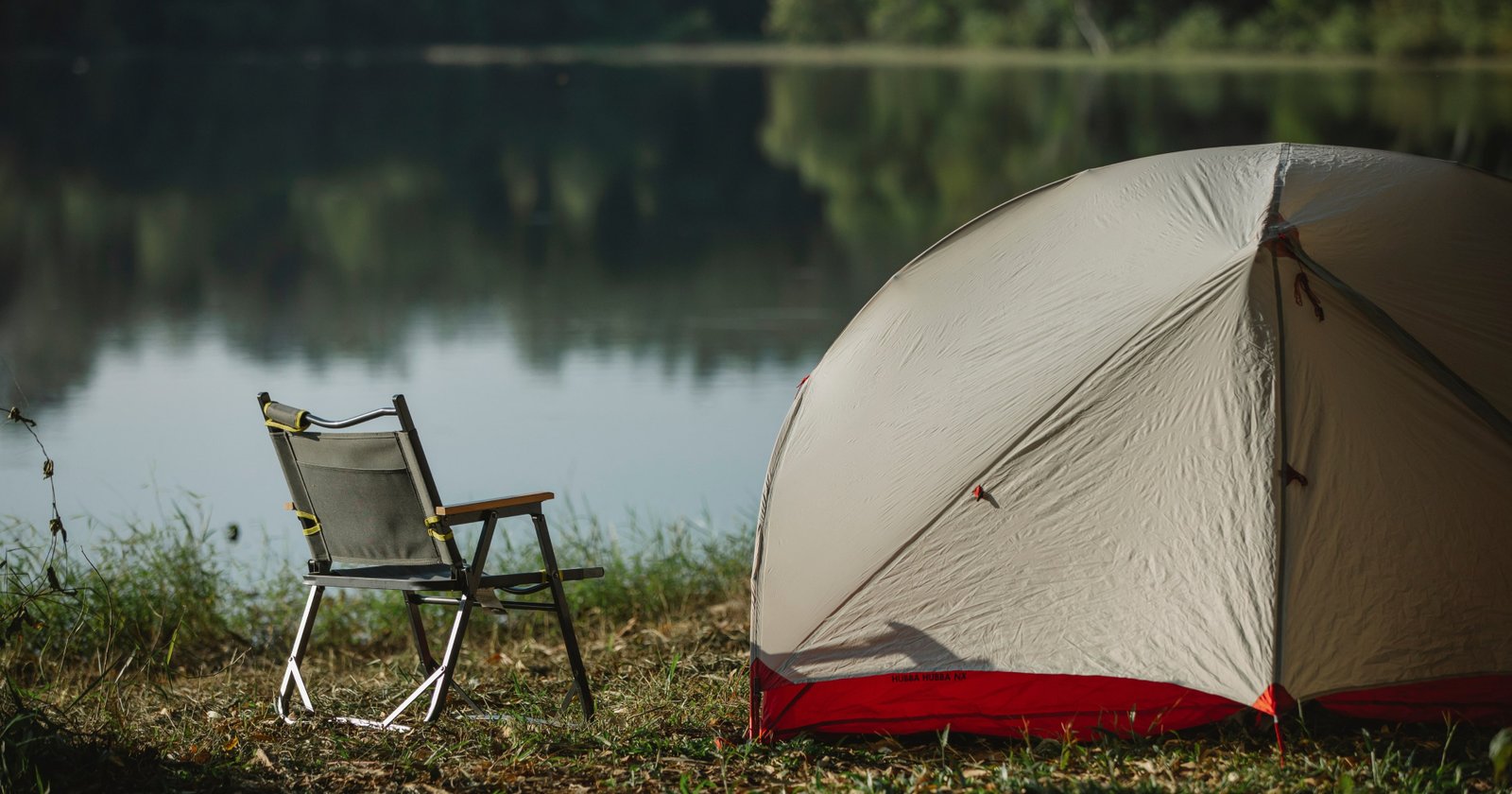Grow tents are specialized tents designed for indoor gardening. The purpose of a grow tent is to create an ideal environment for indoor plants to flourish. Utilizing a grow tent allows you to establish a self-contained ecosystem for gardening within your indoor environment, particularly in areas that may not typically be conducive to cultivation, such as a garage or closet.
These tents are made with a reflective lining to maximize light exposure and include vents for proper air circulation. They are generally waterproof, which are grow tents used for protecting surrounding areas from possible water damage.
With a grow tent, gardeners can control the temperature, humidity, and light conditions, thereby encouraging optimal plant growth. These tents are particularly useful for those who wish to grow plants that require specific growing conditions or for those living in climates where it is not always possible to grow certain plants outdoors.
Introduction to Grow Tents
A grow tent offers an effective solution to cultivate a wide range of plants indoors, including fruits, vegetables, herbs, and even exotic plant species.
Compact but versatile, these tents can be set up in almost any indoor space, including apartments, garages, or basements. Whether you’re an experienced gardener seeking to extend your growing season or a beginner looking to delve into the fulfilling hobby of gardening, a grow tent offers a dedicated and controlled environment for your plants to thrive.
This section will delve into the various aspects of grow tents, helping you understand their operation, benefits, and how to make the most of them.

Components of a Grow Tent
Understanding the main elements of a grow tent is key to making the most of your indoor gardening. A standard grow tent comprises several components, which are grow tents used for each, playing a vital role in promoting plant growth.
- Outer Shell: The outer shell of a grow tent is typically made from a heavy-duty, lightproof material. This design prevents outside light from penetrating the tent and disrupting the plants’ light schedule.
- Reflective Interior: The walls of the tent are lined with a reflective material that maximizes the effectiveness of your grow lights by reducing light loss.
- Vents and Ports: These are designed to facilitate ventilation, manage cables, and accommodate other equipment like fans or filters, ensuring a healthy and optimal growing environment for your plants.
- Frame: The frame provides support and structure to the grow tent. It should be sturdy enough to handle the weight of various equipment like lights, fans, and filters.
- Removable Tray: Found at the bottom of the tent, the removable tray helps collect any runoff water or soil, making cleanup easier.
Over the next sections, we will examine each of these components in more detail, providing insights into their importance and tips on how to utilize them effectively.
Creating a Controlled Environment
- Temperature Control: Explain how grow tents help regulate temperature, creating an optimal climate for plant growth.
- Humidity Management: Discuss the role of grow tents in controlling humidity levels, which is crucial for many plants.
- Light Management: Address the importance of controlling light exposure, especially for light-sensitive plants.
Applications of Grow Tents
- Cultivating Cannabis: Explore how grow tents are commonly used for cultivating cannabis due to the plant’s sensitivity to environmental factors.
- Starting Seeds and Cuttings: Explain how grow tents provide an ideal environment for germinating seeds and growing cuttings.
- Hydroponic Gardening: Highlight the use of grow tents for hydroponic systems, which rely on nutrient-rich water rather than soil.
- Growing Exotic and Sensitive Plants: Discuss the ability of grow tents to support the growth of exotic and sensitive plant species.

Advantages of Using Grow Tents
- Space Efficiency: Explain how to grow tents to maximize space utilization, making them suitable for small living areas.
- Portability: Highlight the portability of grow tents, allowing gardeners to set up their indoor garden anywhere.
- Pest and Contaminant Control: Discuss how grow tents act as a barrier against pests and contaminants.
- Odor Control: Address the importance of odor control in applications like cannabis cultivation.
Components of a Grow Tent
- Frame and Support: Explain the frame and support structure of a typical grow tent.
- Reflective Material: Discuss the reflective interior material that enhances light distribution.
- Ventilation System: Explore the role of ventilation systems in maintaining airflow and temperature.
- Lighting System: Address the lighting options suitable for different types of plants.
Setting Up a Grow Tent
- Location: Explain how to choose an appropriate location for the grow tent, considering factors like space, accessibility, and electricity.
- Assembly: Provide step-by-step instructions for assembling a grow tent.
- Equipment Installation: Discuss the installation of essential equipment, including grow lights, fans, and filters.
Choosing the Right Grow Tent
- Size: Explain how to select the appropriate size of grow tent based on the number and type of plants you intend to grow.
- Budget: Discuss how budget considerations can influence your choice of a grow tent.
- Quality and Durability: Highlight the importance of investing in high-quality growing tents used for durable grow tents.
- Customization: Mention how some grow tents offer customization options for specific needs.
Maintenance and Care
- Cleaning and Sanitization: Explain the importance of regular cleaning and sanitization to prevent mold and pests.
- Equipment Maintenance: Discuss the upkeep of equipment, such as grow lights and fans.
- Nutrient Management: Address nutrient management in hydroponic systems.
Common Challenges and Troubleshooting
- Pest Infestations: Explain how to deal with common pests that may infiltrate grow tents.
- Mold and Mildew: Provide solutions for preventing and addressing mold and mildew issues.
- Temperature Fluctuations: Discuss strategies for managing temperature fluctuations.
Conclusion
Recap Key Takeaways: Summarize the key points, including the versatility and advantages of using grow tents in indoor gardening. Empowerment: Conclude by empowering gardening enthusiasts to explore the world of indoor gardening with confidence; what are grow tents used for? Knowing how to grow tents can help them achieve successful results. Grow tents have revolutionized indoor gardening by providing a controlled environment for a wide range of plants. Whether you’re a beginner gardener or a seasoned professional, the versatility and advantages of using grow tents make them an essential tool for achieving successful cultivation in the comfort of your home.
FAQs
What can you do with a grow tent?
A grow tent allows you to create an ideal environment for various types of plants right at your home. You can grow herbs, vegetables, and flowers, regardless of the season. It also makes it possible to cultivate exotic plants that wouldn’t naturally thrive in your local climate, offering you a unique and rewarding gardening experience.
Do you need to use a grow tent?
While a grow tent is not a necessity for every indoor gardening venture, it offers considerable benefits. It provides an enclosed space with controlled light, which is growing tents used for temperature and humidity, mimicking the optimal conditions for plant growth. For those who wish to maintain a consistent gardening schedule, regardless of the seasonal changes or local climate, a grow tent becomes an invaluable tool. It also safeguards your plants from pests, enhancing their health and productivity.
What is the difference between a greenhouse and a grow tent?
A greenhouse and a grow tent both provide controlled environments for plants, but they differ in scale and flexibility. Greenhouses are typically larger, permanent structures used for mass cultivation, while grow tents are smaller and portable units ideal for personal use. Moreover, grow tents often offer more precise control over environmental factors like light, temperature, and humidity.
Why use an indoor grow tent?
An indoor grow tent is a great tool for hobbyist gardeners or those living in apartments with limited outdoor space. Its compact size fits in small spaces and efficiently maximizes the use of light, leading to healthier plant growth. It also helps in reducing odors, containing mess, and dampening noise from equipment, making indoor gardening less disruptive to your living environment.

